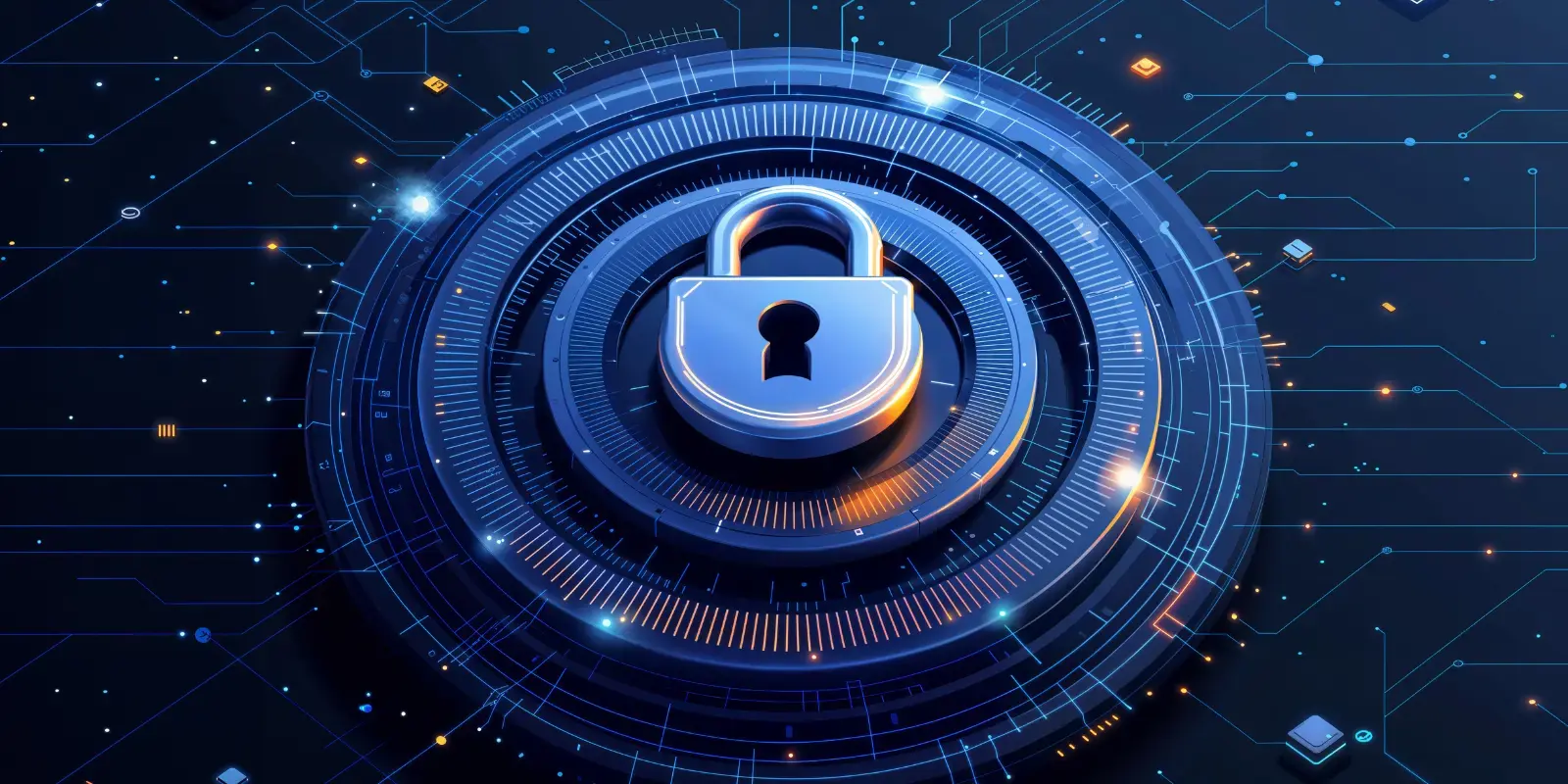Ransomware has matured into a disciplined business for attackers and a resilience test for everyone else. In 2025, Verizon’s DBIR press release reported ransomware present in 44% of confirmed data breaches, alongside a 34% rise in vulnerability exploitation and a doubling of third-party involvement in breaches clear signals that opportunistic perimeter flaws and supplier exposure remain prime doors in.
At the same time, Sophos’ State of Ransomware 2025 found that exploited vulnerabilities were the most common technical root cause (32%), while median ransom payments fell by 50% (to $1M) and 53% of organizations fully recovered within a week evidence that prevention and preparation are paying off where they’re methodically applied.
Managed IT Services (MIS) turn that method into muscle: standardized controls, 24×7 monitoring, disciplined patching and configuration hygiene, tested recovery, and a living incident playbook. Below is a practical blueprint for using MIS to get proactive, shrink your blast radius, and recover fast when (not if) something slips through.
Why “Proactive” beats “Reactive” in Ransomware Defense
- Threats move faster than tickets. Zero-days and edge-device exploits are now primary entry points; “we’ll patch next change window” isn’t sufficient when attackers automate mass scanning.
- AV/EDR evasion exists. Ransomware crews routinely deploy tools to tamper with endpoint defenses; layered controls and tamper protection are essential.
- Recovery is the new crown jewel. With data encryption and exfiltration in play, immutable, well-tested backups and crisp response runbooks now decide your downtime, not just your detection tech. CISA’s 3-2-1 construct and modern “3-2-1-1-0” variants remain the baseline.
- Trust nothing by default. Zero Trust principles authenticate and authorize every request, device, and workload limit lateral movement and reduce the blast radius.
The 10 pillars of a Managed, Proactive Ransomware Defense
1) Continuous Asset & Exposure Management
A living inventory of endpoints, servers, SaaS tenants, identities, internet-exposed services, and third-party integrations. Weekly external attack-surface sweeps and internal vulnerability scans feed prioritized patch waves (edge devices first). Verizon’s 2025 DBIR highlighted the surge in perimeter exploit paths treat them as “emergency patch” lanes.
2) Identity First: MFA Everywhere + Least Privilege
Enforce phishing-resistant MFA (where available), conditional access, just-in-time admin elevation, and service-account secrets rotation. Privileged access workstations for IT/admins. Eliminate stale accounts and excessive group memberships monthly.
3) Hardening & Micro-Segmentation (Zero Trust)
Disable legacy protocols, enforce application allow-listing, and block unnecessary RDP/SMB exposure. Segment by sensitivity (prod vs. corp; tier-0 identity systems isolated). Map controls to NIST 800-207 tenets to minimize implicit trust.
4) Managed Detection & Response (EDR/XDR + 24×7 SOC)
Telemetry from endpoints, identity, email, network, and cloud, monitored around the clock. Enable tamper protection and driver-block rules; tune detections for ransomware precursors (RDP brute-force, mass encryption tools, LSASS access, backup deletion commands).
5) Secure Email & Web Gateway + Sender Authentication
Modern email security with sandboxing and URL detonation; DMARC/SPF/DKIM enforced at p=reject to reduce spoofing. Train users on report-don’t-click, but assume phish will land your controls should too.
6) Immutable, Tested Backups (“3-2-1-1-0”)
Three copies, two media, one off-site, one offline/immutable, and zero restore errors. Quarterly tabletop + restore drills: prove RPO/RTO for critical apps and SaaS (M365/Google Workspace/CRM) with staged, time-boxed tests.
7) Data Protection & SaaS Resilience
Encrypt sensitive stores at rest and in transit, enforce DLP on endpoints and cloud, and back up SaaS data independently of the vendor. Tag and quarantine high-sensitivity exports from collaboration tools.
8) Threat-Led Patching & Edge Hygiene
Prioritize internet-facing services (VPNs, Citrix, file transfer, remote management) and high-risk CVEs tied to active exploitation. The DBIR’s increase in vulnerability exploitation makes edge hygiene a sprint, not a marathon.
9) Incident Response (IR) Readiness
A practiced playbook with roles (IT, Legal, Comms, Execs), a ransom decision tree, and pre-approved containment actions (account disable, network isolation, block lists). Sophos reports faster recovery year over year when organizations are prepared practice matters.
10) Governance, Metrics & Supplier Assurance
Map controls to frameworks (NIST CSF/800-53), monitor KPIs, and assess third-party access paths. Third-party involvement in breaches doubled treat suppliers as an extension of your attack surface.
Inside the ACI Playbook: Managed IT That Shrinks Blast Radius and Proves Recovery
ACI Infotech’s Managed IT Services turn resilience into a repeatable operating system:
- 24×7 XDR + Managed SOC: Tamper-resistant endpoint controls, identity & email telemetry, and active threat hunting tuned for ransomware precursors (backup deletion, mass file ops, RDP abuse).
- Exposure management: Weekly external attack-surface sweeps and prioritized patch waves (edge first) mapped to live exploit intel.
- Zero Trust by design: Conditional access, phishing-resistant MFA, least privilege, and micro-segmentation aligned to NIST SP 800-207.
- Recovery you can prove: Immutable, air-gapped backups and quarterly restore drills for SaaS, endpoints, VMs, and databases documented to RPO/RTO.
Snapshot outcomes from recent engagements (anonymized):
- Patch time for internet-facing criticals cut from 21→7 days;
- Containment time (EDR to isolation) reduced to under 4 hours;
- Tier-1 app RTO demonstrated at 4–8 hours with immutable restores.
(Your mileage varies by environment these are representative results.)
Claim Your Recovery Advantage Connect with ACI Infotech Today
If your next quarter hinges on uptime and trust, let’s turn ransomware from an existential threat into a manageable risk. Book a 30-minute Ransomware Readiness Review with ACI Infotech: we’ll baseline your exposure, tune controls, and set a 90-day plan with measurable milestones so you can ship, sell, and scale with confidence.
FAQS
Ransomware is malware that encrypts or steals data, then demands payment to restore or withhold release. Attacks often start via phishing, stolen credentials, or unpatched internet-facing systems and may use “double extortion” (encryption + data leak threats).
Managed IT Services harden your environment with 24×7 monitoring (EDR/XDR), rapid patching of exposed systems, phishing-resistant MFA, least-privilege access, email/web filtering, and immutable, tested backups practical Zero Trust controls mapped to NIST/CISA guidance.
Keep 3 copies of data on 2 different media, 1 off-site, 1 immutable/offline, and 0 errors after regular recovery tests. This modern variant strengthens ransomware recovery over the classic 3-2-1 approach.
Officials advise against paying: it doesn’t guarantee decryption or data deletion and may invite repeat targeting. Focus on containment, reporting to authorities, and recovery from clean, immutable backups.
Isolate affected systems, disable lateral movement (accounts/VPN), preserve logs/forensics, notify law enforcement (CISA/FBI), and restore from verified, immutable backups. Communicate per your incident plan and legal duties (e.g., breach notification).



